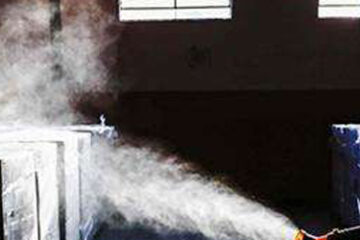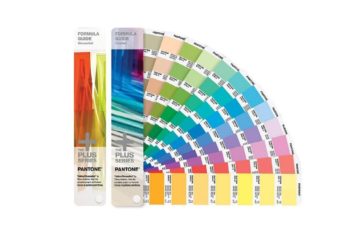To say that people in 2016 are most concerned about environmental protection, environmental protection definitely has an important position. Even the printing industry that looks so harmless is not immune to it. The reason is also to start with the recent hot VOC emissions in the industry. If you are in the printing industry, whether it is dry offset, flexo or other, the topic of VOC emissions must have been heard many times recently. It is said that according to the current VOC emission charging standards, a large-scale printing factory will pay tens of millions of dollars a year, just like playing, this is all the money of white flowers.
So, what is VOC, what harm does it have, and what is the content of VOC in various inks? Let us take a look at the introduction of the Canadian Printing Ink Manufacturing Association. VOC (Volatile Organic Compound) is an organic substance that contains one or more carbon atoms and is highly volatile into the air. When volatilized into the air, VOCs participate in atmospheric photochemical reactions. When exposed to sunlight, nitrogen oxides in the air react with VOC to form ground-level ozone—one of the main sources of pollution in urban air pollution. When it reaches a certain level, it is harmful to animals and plants.
Due to the harm of VOC, many countries in the world including Canada, the United States, Europe and other countries and regions began to control VOC emissions. Among the various inks used in the printing industry, except for aqueous inks, other inks contain different amounts of VOC.
Sheet offset ink
There are usually 10-20% VOC (fast drying ink) in this type of ink. Of course, there are also inks with a low VOC content, the VOC content is less than 10%, but the drying speed is slow. When using this ink, it is best to consult the ink manufacturer.
Thermoset web offset ink
Such inks are typically used for high speed printing and are cured by heating with a VOC content of about 35-40%. If you want to reduce VOC emissions, you usually need to use catalytic combustion equipment for processing.
Cold set roll offset ink
Such inks are typically used for high speed printing and are cured by paper absorption with VOC levels ranging from less than 5% up to 30%.
Solvent-based flexo ink
The VOC content of such inks is relatively high, about 50% to 70%. The main way to reduce VOC emissions is to use solvent recovery equipment and catalytic combustion equipment for processing.
Water-based flexo ink
Currently recognized environmentally friendly inks, VOC content is extremely low, and has replaced solvent inks in many fields, including film packaging printing, paper packaging printing, label printing and other fields. It has become one of the main driving forces for the development of flexo printing in recent years.
Solvent-based gravure ink
The ink is the most concerned aspect of the domestic printing industry, and the VOC content is about 50%–70%. It is currently the key target of national VOC emission control.
UV ink / EB ink
The VOC content in such inks is extremely low.


